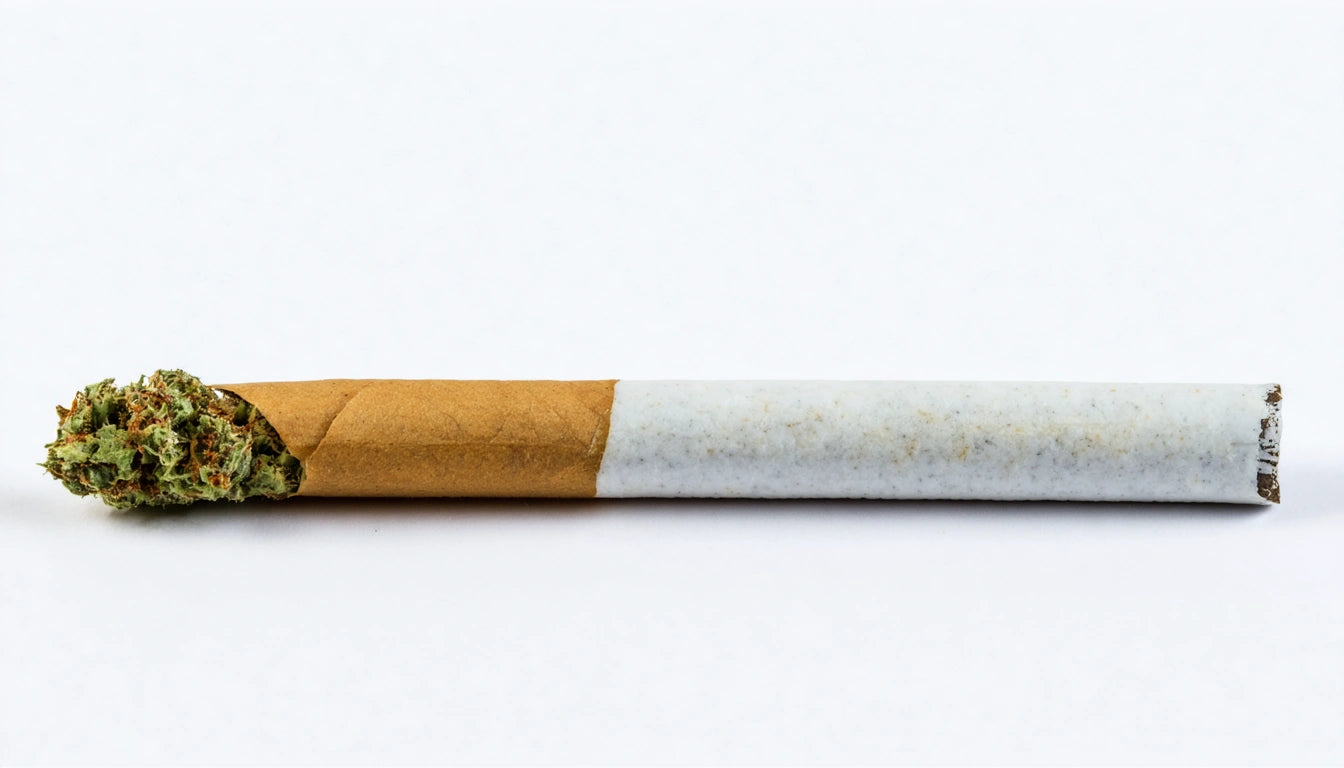Table of Contents
How Many People Die From Cannabis Each Year?
Cannabis remains one of the most widely used substances worldwide, yet questions about its safety profile and potential fatality risk continue to circulate. Understanding how many people die from cannabis each year requires examining both direct and indirect causes, as well as contextualizing these numbers against other substances.
Direct Cannabis Fatalities: Examining the Evidence
When investigating how many people have died from cannabis directly, medical literature provides a clear answer: there are virtually no documented cases of death resulting solely from cannabis toxicity. Unlike opioids or alcohol, cannabis does not suppress respiratory function to lethal levels at consumable doses.
According to research on cannabis mortality, the theoretical lethal dose would require consuming approximately 1,500 pounds of cannabis in 15 minutes, a physically impossible amount. This explains why the Drug Enforcement Administration (DEA) has never reported a single case of overdose death from marijuana use alone.
Indirect Cannabis-Related Deaths: Contributing Factors
While direct fatalities are exceedingly rare, there are several ways cannabis use may contribute indirectly to mortality statistics:
- Cardiovascular complications in vulnerable individuals
- Accidents while under the influence
- Mental health impacts contributing to self-harm
- Complications from smoking-related respiratory issues
These indirect factors make it challenging to answer precisely how many people die from pot each year. Studies examining marijuana-related deaths suggest that while cannabis may be present in toxicology reports, it is rarely identified as the sole cause of death.
Cannabis-Impaired Driving: A Public Health Concern
One area where cannabis use may contribute to mortality is through impaired driving. Determining how many deaths from cannabis occur on roadways is complicated by several factors:
1. Testing limitations: THC can remain detectable for days or weeks after use, long after impairment has subsided
2. Polysubstance use: Many cases involve alcohol or other drugs alongside cannabis
3. Reporting inconsistencies: States vary in how they track and attribute cannabis involvement in accidents
Despite these challenges, research on annual marijuana-related deaths indicates that cannabis-impaired driving remains a legitimate public health concern, though the exact number of fatalities is difficult to quantify.
Comparing Cannabis Mortality to Other Substances
To understand how many people have died from smoking cannabis, it's helpful to compare its mortality profile with other substances:
- Tobacco: Approximately 480,000 deaths annually in the US
- Alcohol: About 95,000 deaths annually in the US
- Prescription opioids: Nearly 16,000 deaths annually in the US
- Cannabis: No confirmed cases of death from overdose alone
This stark contrast highlights cannabis's relatively low toxicity profile compared to legal substances. However, this doesn't mean cannabis use is without risks, particularly for vulnerable populations like adolescents, pregnant women, or those with certain psychiatric conditions.
According to global cannabis use statistics, usage rates continue to rise as legalization expands, making ongoing safety monitoring essential.
Preventing Cannabis Risks Through Safety Measures
While the data on how many people die from cannabis each year shows minimal direct fatality risk, responsible use and safety measures remain important. One critical safety concern involves preventing accidental ingestion by children, which has increased in states with legal cannabis markets.
Child-resistant packaging plays a vital role in preventing these incidents. Our specialized packaging solutions with secure closures help keep cannabis products away from children while maintaining compliance with state regulations.
Other important safety considerations include:
- Clear labeling of THC content and serving sizes
- Public education about delayed onset of edible effects
- Warnings about not driving while impaired
- Guidance on potential drug interactions
While the question of how many people have died of cannabis continues to yield minimal direct fatalities, the cannabis industry and public health officials must work together to minimize indirect risks through education, responsible use guidelines, and proper safety protocols.
As cannabis use prevalence continues to grow nationwide, maintaining this strong safety record will require ongoing vigilance from consumers, producers, and regulators alike.











Leave a comment
All comments are moderated before being published.
This site is protected by hCaptcha and the hCaptcha Privacy Policy and Terms of Service apply.